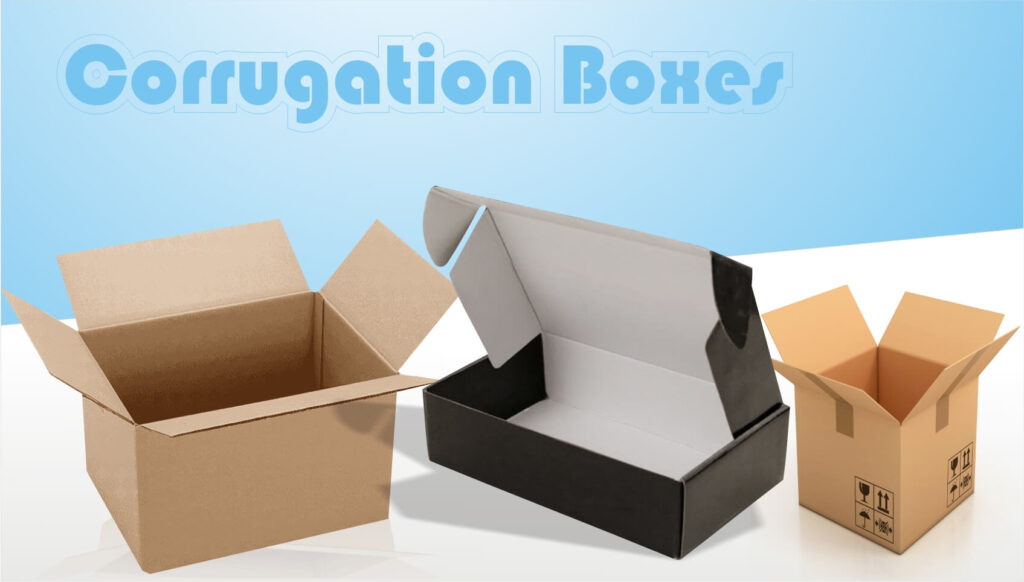Packaging is an essential element of any cosmetic product. It’s the first thing customers notice, it influences buying decisions, and it protects the product inside. When it comes to choosing packaging, cosmetic brands often find themselves weighing the pros and cons of rigid boxes and folding cartons. But what’s the real difference between the two? And how do you decide which option is best for your brand?

This article breaks down the key differences between rigid boxes and folding cartons in terms of materials, aesthetics, durability, cost, and sustainability. Whether you’re a brand with high-end products or looking for budget-friendly packaging, you’ll find all the information you need to make the right choice.
What Are Rigid Boxes?
Rigid boxes, also known as set-up boxes, are sturdy and premium packaging solutions commonly used for high-end products. Think of the luxurious box your last designer perfume or expensive face serum came in—that’s likely a rigid box.
Materials and Structure
Rigid boxes are made from thick paperboard, ranging from 36 to 120 pt (point) board, making them significantly heavier and denser than other types of packaging. The paperboard is wrapped in high-quality specialty paper or fabric to achieve a polished, premium look.
These boxes do not fold flat, meaning they maintain their shape at all times. This solid structure provides heavyweight support, making rigid boxes ideal for products that require maximum protection or have a higher price point.
Common types of rigid boxes include:
- Two-piece boxes (lid and base): Often used for luxury skincare or fragrances.
- Magnetic closure boxes: Popular for exclusive cosmetic gift sets.
- Drawer-style boxes: Ideal for subscription or unboxing experiences.
Uses in Cosmetics
Rigid boxes are preferred for luxury cosmetics and limited-edition collections. Their premium feel must align with the product inside; to explore the full range of substrates that define quality, read our guide on the best materials for luxury cosmetic packaging.
What Are Folding Cartons?
Folding cartons are lightweight and versatile packaging solutions that are widely used across the retail and consumer goods industries, including cosmetics. If you’ve purchased a drugstore foundation or nail polish, chances are it came in a folding carton.
Materials and Structure
Folding cartons are typically made from lightweight paperboard, usually ranging between 12 pt and 24 pt in thickness. The material is die-cut into flat sheets that can be easily folded into shape when assembled.
Unlike rigid boxes, folding cartons are shipped flat, saving storage space and reducing shipping costs. They can be laminated, coated, or printed to achieve various styles and finishes.
Folding cartons come in many styles, including:
- Straight tuck end (STE): A standard option for lightweight products like lip gloss.
- Reverse tuck end (RTE): Common for small items like single powder pans.
- Windowed cartons: Feature clear openings to display the product inside.
Uses in Cosmetics
Folding cartons are versatile enough to package a wide array of cosmetics, from everyday lipsticks to larger skincare products. They are often the go-to option for mass-market cosmetics or those with a more minimal budget.
Aesthetics and Design Options
Rigid Boxes
Rigid boxes stand out thanks to their luxurious, high-end look. The thick material allows for premium finishes such as embossing, debossing, foil stamping, or even velvet-touch coatings. The solid structure also accommodates innovative designs like magnetic closures or custom inserts.
If creating an unforgettable unboxing experience is a priority for your brand, rigid boxes are unmatched in delivering a luxurious impression.
Folding Cartons
Folding cartons offer more economical design flexibility. They can still look sleek and professional with finishes like matte or gloss coatings, spot UV, or even metallic inks. While they lack the tactile luxury of rigid boxes, they make up for it in the wide range of customizable shapes and print options.
For brands focusing on colorful and visually appealing retail packaging, folding cartons allow maximum creativity while staying budget-friendly.
Durability and Protection
Rigid Boxes
Rigid boxes are the clear winner in terms of durability. Their thick paperboard construction provides superior protection against crushing, making them an excellent choice for fragile cosmetic items like glass bottles or compact powders.
Additionally, rigid boxes maintain their shape over time, ensuring that the product arrives in perfect condition and leaves a lasting impression on customers.
Folding Cartons
While folding cartons are less durable than rigid boxes, they still provide adequate protection for lighter, less fragile items. The level of protection can be enhanced by using thicker paperboard or adding inner support, such as inserts or cushions.
Folding cartons are suitable for most cosmetics that don’t face significant risk of damage during handling or transportation.
Cost and Budget Considerations
Rigid Boxes
Rigid boxes are more expensive to produce due to their materials, construction, and premium finishes. They also take up more space during shipping and storage, further adding to costs.
If maintaining a luxury image is critical to your brand, the extra cost of rigid boxes may be worth the investment. However, brands with tight budgets should carefully evaluate whether the added expense aligns with their goals.
Folding Cartons
Folding cartons are significantly more cost-effective than rigid boxes. The lower cost of materials and the ability to ship them flat make them an economical choice for brands with cost constraints. This affordability makes folding cartons ideal for mass-market cosmetics.
Sustainability and Environmental Impact
Rigid Boxes
Rigid boxes are often criticized for their higher environmental impact. While they can be made from recyclable materials, the thick paperboard and laminated finishes sometimes make recycling difficult. However, many brands are now opting for eco-friendly rigid boxes made from recycled or biodegradable materials.
Folding Cartons
Folding cartons are generally more environmentally friendly. They are lighter in weight, require less material to produce, and are often easier to recycle. Additionally, their ability to ship flat contributes to lower carbon emissions during transportation.
If reducing your brand’s environmental footprint is a priority, folding cartons are a more sustainable choice.
Choosing the Right Packaging for Your Brand
When deciding between rigid boxes and folding cartons, consider the following:
- Product Category: Luxury items benefit from a premium box, while everyday products work well with folding cartons.
- Budget: Folding cartons are a cost-effective option, whereas rigid boxes are an investment in brand perception and durability.
- Customer Experience: If creating a memorable unboxing experience is essential, rigid boxes deliver.
- Sustainability Goals: Folding cartons are the better choice for eco-conscious brands.
Both packaging types have their unique features and benefits, making them suitable for different brand strategies and needs. Consider your priorities carefully to choose the best option for your product.
